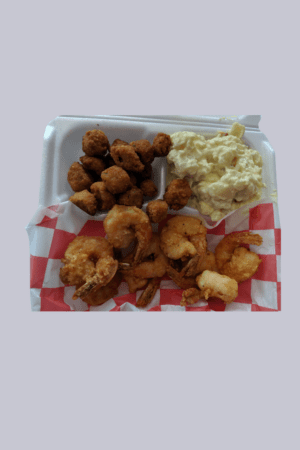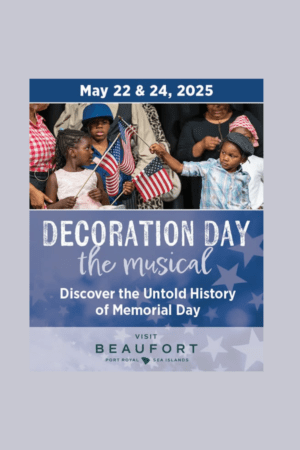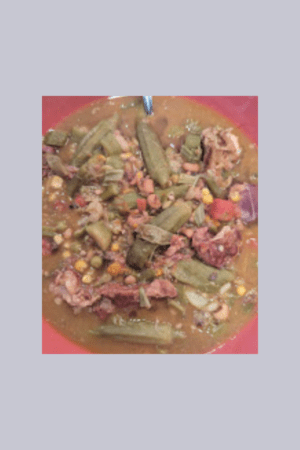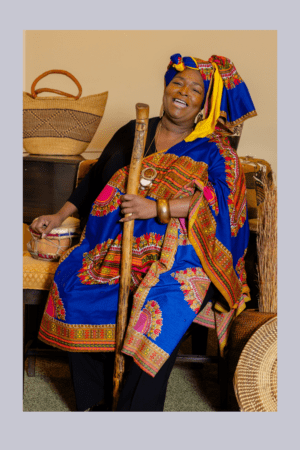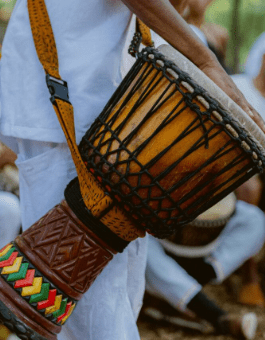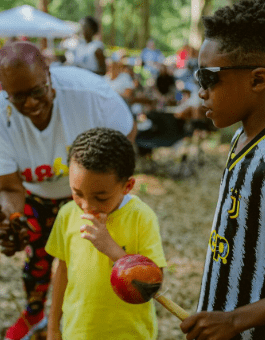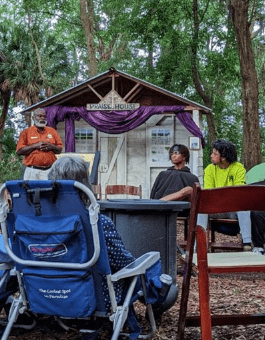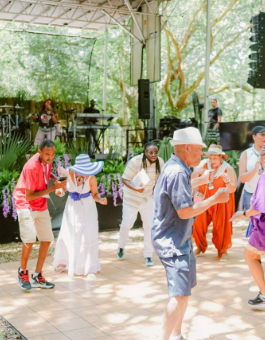
Nothing said pride and self-importance like the rice beds commissioned by planters who owned Carolina Gold rice plantations. And the rice was indeed gold as it contributed to the wealth found in South Carolina’s Lowcountry as well as to the nation’s economy as a signature industry and profitable export.
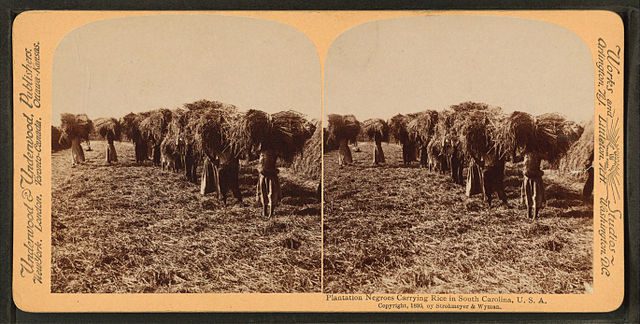
Rice Beds are a Part of the Gullah Home Heritage
Rice beds with sheaves of Carolina Gold rice intricately carved into the posters of four-poster beds were a symbol of status and an ode to the wealth gleaned from rice.
It has been presumed that Carolina Gold rice came to the colonies from the “Rice Coast” of Africa as seeds and the African laborers who knew how to grow it, often did so at the peril of losing their lives.
“Rice was also precious to the lowcountry aristocrats who enslaved West Africans. Particularly before the Civil War, the swells of Charleston, Savannah, Beaufort, and Georgetown revered the grain. From the 1720s to 1860, no other commodity was remotely as important to the region as rice. Indigo, cotton, forest products, and manufacturing never came close to matching the riches that planters drew from slave-based rice production.” (South Carolina Sea Grant Consortium)
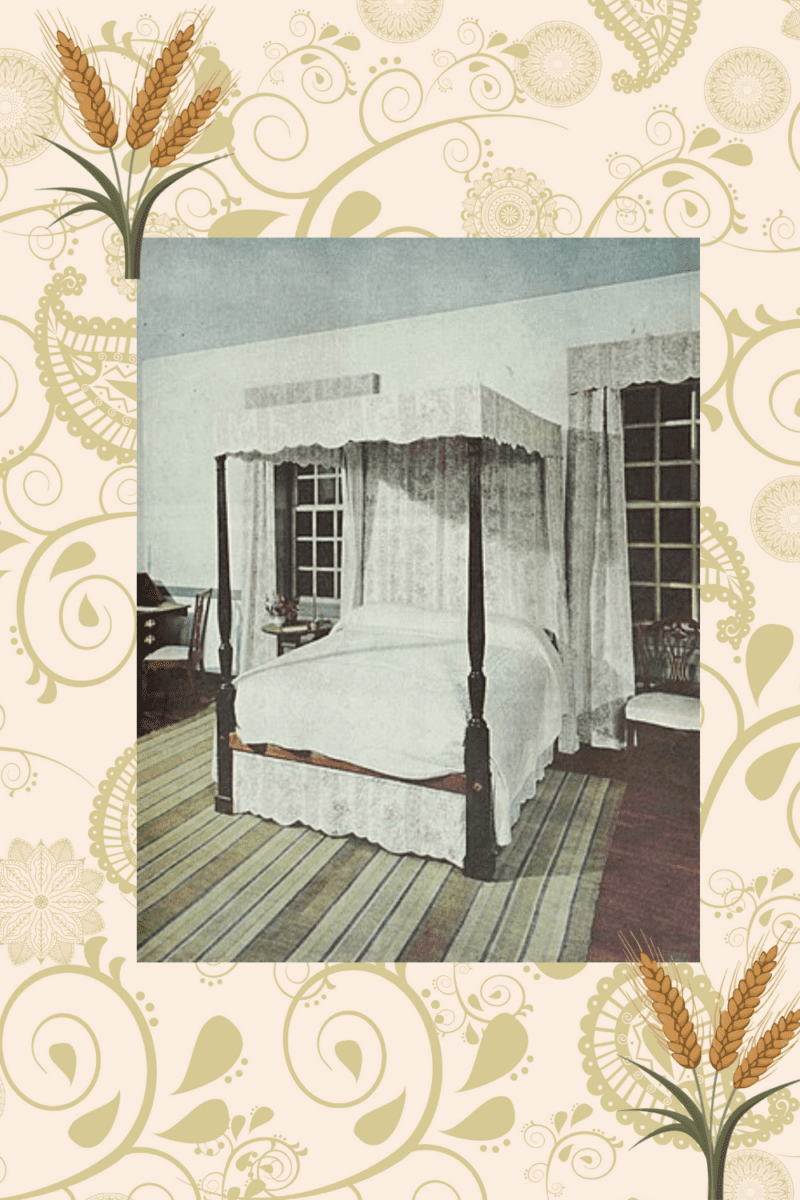
One of the greatest symbols of riches were the rice beds.
Though unsubstantiated, it has been often repeated that Englishman Thomas Elfe carved and crafted the first rice beds in Charleston, SC in the mid-1700s (pre-Regency era of furniture). Accounts of the first rice beds and their crafting claim they were made from mahogany and cherry woods. Elfe utilized the skills of a variety of artisans and craftspeople to create furniture, including that of enslaved labor leased to him by their owners. According to the South Carolina Encyclopedia, “The labor consisted of cabinetmakers, journeymen (day laborers), and slaves. Slaves were often hired out to other artisans, and the charges associated with this practice reveal that many of them were highly skilled artisans in their own right.”
Rice beds continue to be coveted pieces of artisan furniture throughout the South and in other parts of the country. Online furniture stores specializing in luxury, heirloom furnishings such as Ebay, Etsy, 1stDibs and Chairish sell pre-owned rice beds. They can be found in local thrift and resale shops as well as on Craigslist, Facebook and Instagram. Reproductions are especially popular.
In 2014, a circa 1790s rice bed belonging to felon and former art gallerist Andrew Crispo sold at auction for over $45,000.
African American owners of rice beds purchase and collect them for very different reasons. Some purchase them – original and reproductions – because their sturdiness or to match their decor. But, many do so as a reminder of the hard labor of ancestors who worked the rice fields as enslaved labor.
